1918 Penny Value: How Much is it Worth Today?
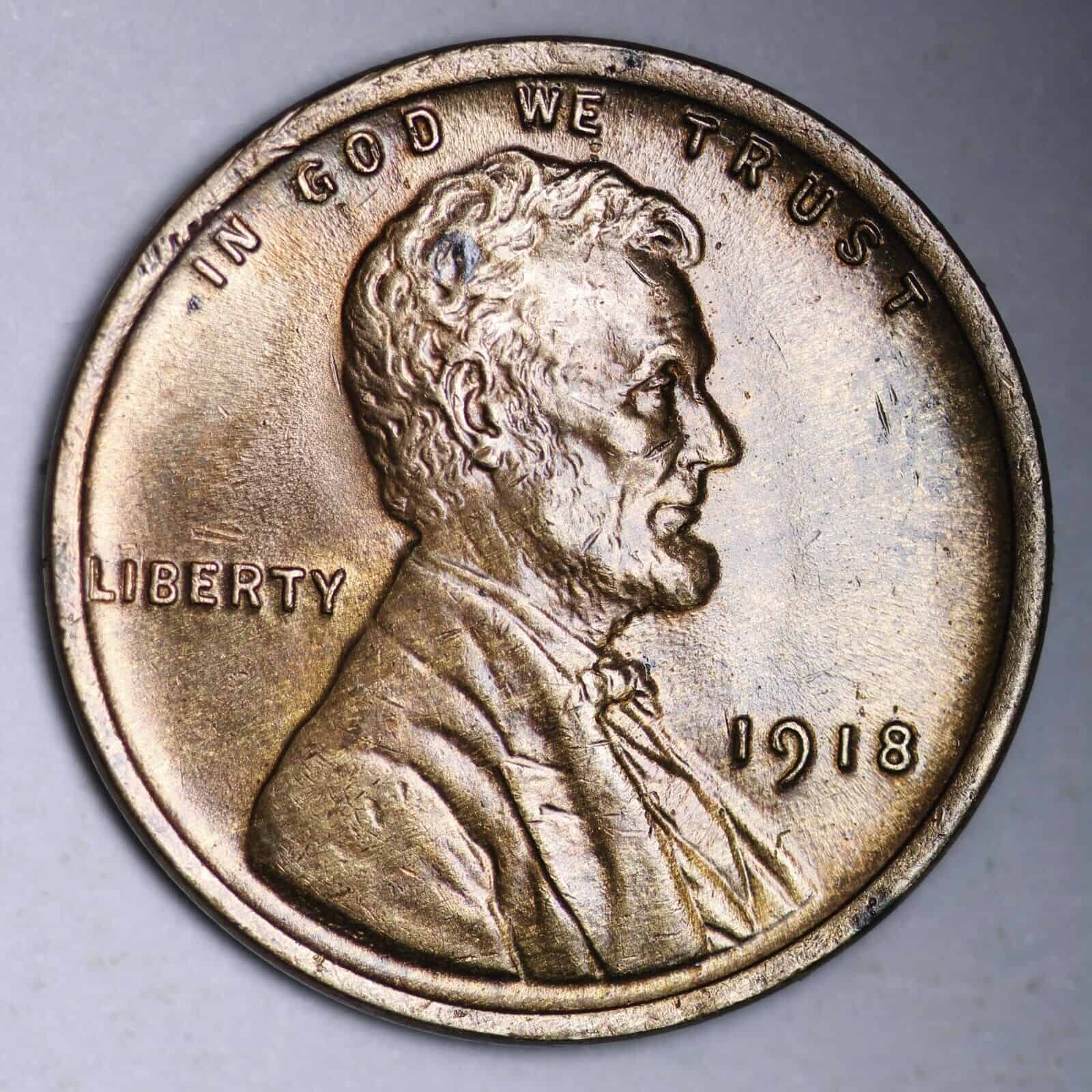
Collecting old coins is a favorite pastime for some people, but it can be an expensive hobby if you are buying the coins. If you are selling them, however, you may be in for a surprise because some of these old coins have high values.
One such coin is the 1918 penny, or what many call the Lincoln wheat penny. The wheat penny is one of the most popular coins in the country’s coinage history, probably because of the image of the beloved President Lincoln on the obverse. Because of its long history, the penny is usually not high on the value chain.
However, a few factors can change its value; the older and rarer a coin is, the more value it is likely to have. The same applies if the coin has a mint mark or rare errors and markers. So, let’s evaluate the 1918 penny value based on these factors.
1918 Penny Value Chart |
||||
|---|---|---|---|---|
| Mint Mark | Good | Fine | Extremely Fine | Uncirculated |
| 1918 No Mint Mark Penny Value | $0.12 | $0.40 | $3.22 | $8 |
| 1918 ‘D’ Penny Value | $0.47 | $1.17 | $14 | $47 |
| 1918 ‘S’ Penny Value | $0.48 | $0.98 | $8.88 | $43 |
You must note that the prices in this chart are not struck in stone; they can change based on the precious metals and alloy market prices. Also, the actual value of the penny depends on the mint where it was struck, as determined by the mint mark.
The 1918 penny was made in three mints, and each mint is distinguished by the mint mark the coins bear. For coins made in the Philadelphia mint, they have no mint marks, although some people assume they would have the P mint mark. If you find no such marks on your coins, they are Philly coins.
The Denver mint struck coins with a D mint mark, while the San Francisco mint struck coins with an S mint mark. The chart shows that coins with a D mint mark have the highest value, but mint marks are not the only factors that determine the coin’s value.
The total mintage of the 1918 penny is 370,614,634, and the Philadelphia mint struck the highest number. The second highest is from the Denver mint, while the San Francisco mint struck the lowest number of coins for that year.
The first wheat pennies were minted in 1909 at the request of President Roosevelt, who felt the U.S. coinage could do better with its artistic merit. The coins that were in circulation were the Barber coins, designed by Charles Barber, who was the U.S. Mint Chief Engraver at that time.
So, when the time came to redesign the coins without an act of Congress, the president hired a foreign artist to change the design of the four gold and the one-cent coins. The artist succeeded in getting the design for the four gold pieces but could not get the right design for the cent before his death.
His assistants took over at this point and finished the gold pieces to get them ready for commissioning, production, and circulation. By the time they were commissioned, the date for the celebration of the 100th birthday of the beloved but assassinated president was near.
Everyone knew the one-cent coin was in the process of being redesigned. So, numismatics, enthusiasts, and the general public raised a call for the Mint to put the face of President Lincoln on the obverse. Roosevelt heeded the call because it agreed with his thought to honor a great man and a fellow Republican.
However, he did not use any of the former designers but picked a different artist. Victor Brenner did artistic work for the president, and it was probably in the process of the work that they discussed designing the coin.
At the end of the day, Brenner produced the image of Lincoln that is featured on the cent from 1909 till date. The 1918 penny is the first year that the designer’s initials were put on the coin since inception. It was initially there but was removed because of the controversy it caused in 1909.
By the time it was removed that year, over 480,000,000 were already struck, which increased the value of the coins with VDb initials. This was before it became a common feature on the coin from 1918 till date.
Coin Condition
The biggest determinant of the value of any coin is the condition. This includes the 1918 wheat penny. A coin can look good, but a professional grader may see degradation that reduces its value. Without this knowledge, you may not know your coin’s true worth.
There are four conditions in which you will typically find a coin unless it has become completely degraded. A coin can be uncirculated, which is the best condition, and extremely fine, fine, or good, which is the worst condition. Each condition can be further graded into different levels using a scale, but we will talk more about this later.
It is not always easy to find a coin in uncirculated condition but if you do, it usually has most of the details intact. The luster or shine will also be high; it will shine brightly when held up to the light at an angle. All the areas of high relief will still be intact.
But a coin would have lost some of its shine and details if it is in extremely fine condition. Some of the areas that should be in high relief would be a bit dull. But it fetches better money than a coin in fine condition.
In fine condition, the coin has lost most of its luster, and the details would no longer look clear. And in good condition, the coin has lost all its luster and only the outline of the images on the obverse and reverse are visible.
Color
The color or tone of the coin is another vital factor. This does not apply to every type of coin, but because the 1918 penny has 95% copper, collectors prefer coins with a red tone. The value drops if the coin is red-brown and drops even further if the coin is brown.
Professional graders do not bother to grade coins below MS 63 based on their color because lower grades in red color are unavailable. Only coins in uncirculated conditions can be graded based on their color.
1918 MS RD 63 to 66 pennies can cost between $80 and $900. The value significantly changes in MS RD 67, ranging between $2,000 and $3,000. An MS RD penny can cost between $55,000 and $65,000, depending on who is buying it and the rare errors on the coin.
1918 No Mint Mark Penny Value
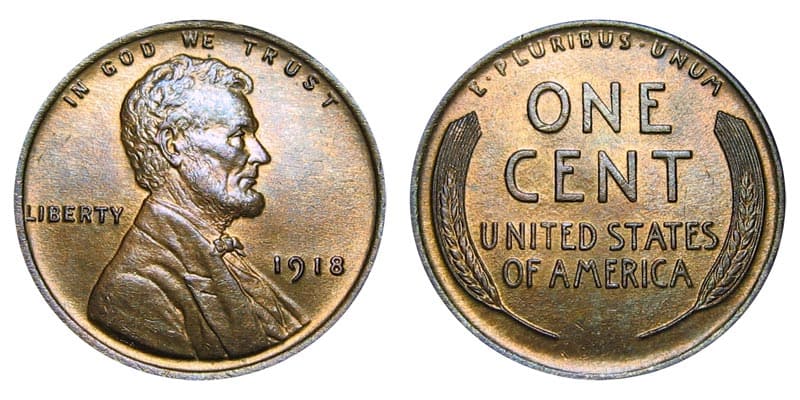
The Philadelphia mint struck pennies with no mint mark, and there are 288,104,634 coins from that mint. It is the highest number for that year, which means the no-mint mark pennies are in abundance. Because of this, the penny’s value is the lowest on the chart.
The absence of a mint mark also affects the value since collectors prefer coins with unique markers. Anyone can make a fake no-mint mark penny, so you cannot exactly tell which is fake or real unless someone grades it.
Apart from the mint mark, all the coins look the same except for those with clear errors or exceptional colors. The details of the coin are the same in 1918, although they change over the years, especially the coin’s reverse.
The obverse bears the image of Lincoln in profile. His bust is usually in sharp relief if you find a coin in min state, especially around the collar, jaw, and cheeks. Behind him is the word LIBERTY, struck boldly, and in front of him is the mint date. Around his head is the motto IN GOD WE TRUST.
On the reverse, the denomination ONE CENT is boldly struck with the words UNITED STATES OF AMERICA under it. Two wheat stalks bracket these words, and at the top of the coin, near the rim, are the Latin words E PLURIBUS UNUM. Dots separate each word in the lettering.
The coin is sparsely designed, but it does not remove its beauty. This simple design also means that the penny was easy to strike to produce the sharpest images; intricate designs are typically difficult to replicate on the planchets and may damage the dies.
1918 D Penny Value
Next on the list is the penny struck in the Denver mint. The 1918 penny struck in this mint has a D mint mark, and 47,830,000 pennies were struck. This mintage is significantly lower than the Philadelphia mintage for 1918.
The lower mintage and the mint mark on this penny make it more valuable than the Philly coins. If you go by the chart, the value of the D coins is the highest, although it has a higher mintage than the San Francisco coins.
By color, Brown D pennies from 1918 in lower conditions can fetch between 50 cents and $450. Red-brown coins are more valuable, ranging between $150 and $4,000. Red pennies are the most valuable $250 and $54,000, depending on the mint state.
However, it is rare to find a coin in such an excellent state as to be valued at up to $50,000. The public record is a little over $45,000. RD pennies are rare, especially in grades higher than 66.
1918 S Penny Value
San Francisco minted 34,680,000 pennies in 1918 and coins from this mint branch bear an S mint mark. You will find the mint mark on the obverse, right under the mint date. It is difficult to miss because the coin does not have too many details to create any confusion.
You will find the penny in Brown, Red-brown, or Red colors, and these tones change the value. In well-preserved states, the 1918 penny can cost several thousand dollars. For example, an MS RD 65 penny may cost about $3,500. Beyond this grade, there seems to be no known RD penny.
There are no Proof coins minted in 1918.
1918 Penny Grading
We talked about the coin condition and how it can be further divided into grades using the Sheldon scale. The scale grades the coins from 1 to 70; the higher the number is, the better the value.
It is difficult to find pennies in MS 70; only a few of such coins in this grade exist of all the coinage in the country’s history. Check out this video detailing the grading of a few 1918 pennies.
Rare 1918 Penny Error List
There are a few errors that occur with the 1918 penny, and they usually add some value to the coin. Let’s look at a few of them.
1918 Penny Lamination Error
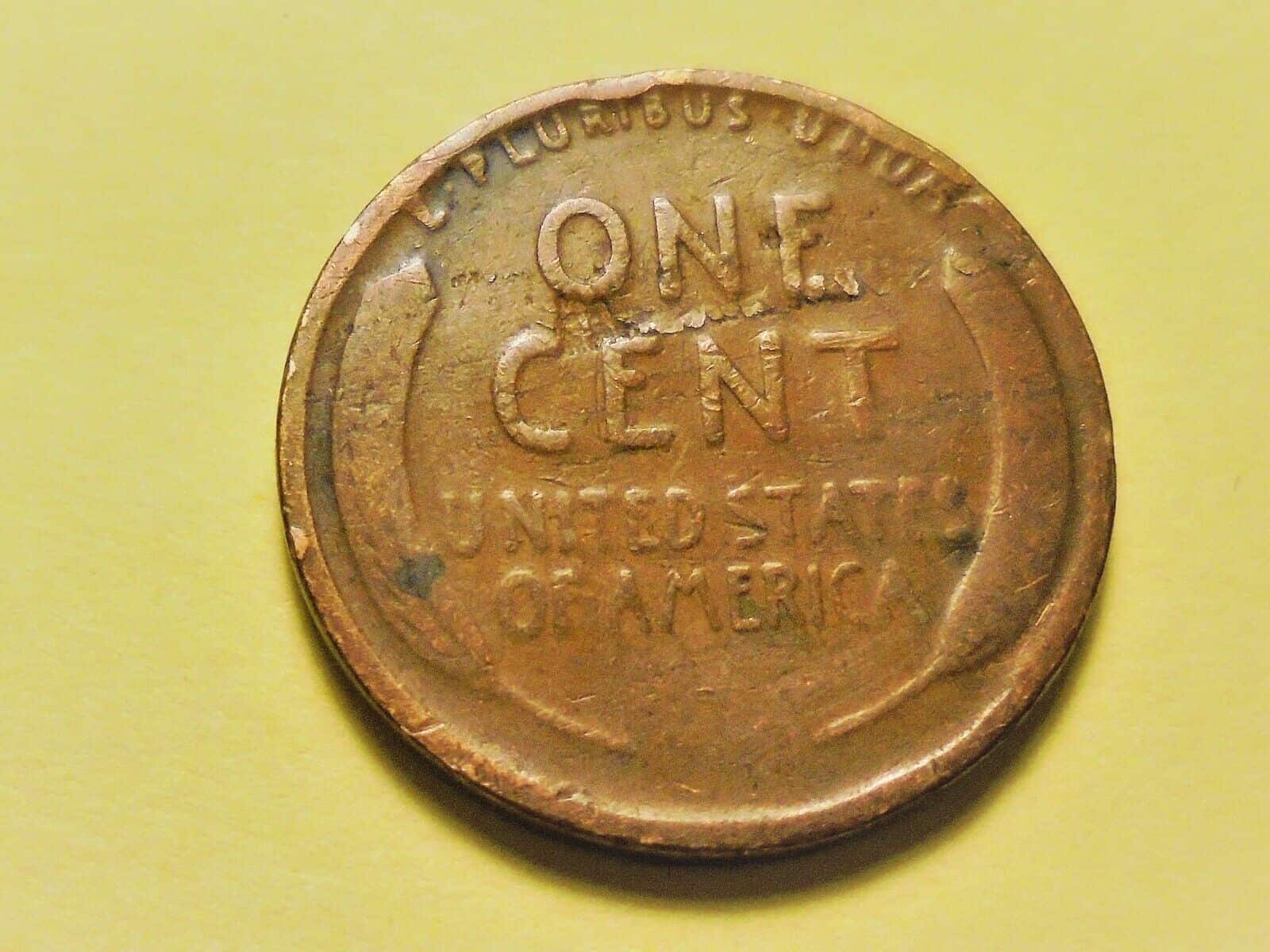
A coin lamination error occurs when debris or an object lands on the planchet during striking and causes a flake or split on the surface. A coin in excellent grade with this error is rare, so if you find one, the value may be in thousands of dollars.
1918 Penny Off-center Error
This error refers to striking the die some percentages off the center mark. The percentage can go from 5 to 95, but the higher the percentage is, the more value the affected coin has. Coins with off-center errors of 50% or more are worth anything.
1918 Penny Re-punched Mint Mark Error
You may find a coin with the mint mark re-punched a few times. This makes the mark appear thicker than it should typically be, but it increases the value.
1918 Penny FAQs
Is a 1918 penny rare?
The mintage of the one-cent coin in 1918 is high, almost 400 million, with Philadelphia minting the highest number. That means the overall number makes the penny abundant and not rare.
Where is the mint mark on a 1918 penny?
The mint mark on a 1918 penny is on the obverse, under the mint date. It is clear because there are not too many details to obstruct the mint mark. This appears on coins struck in Denver and San Francisco. Philadelphia coins do not have a mint mark.
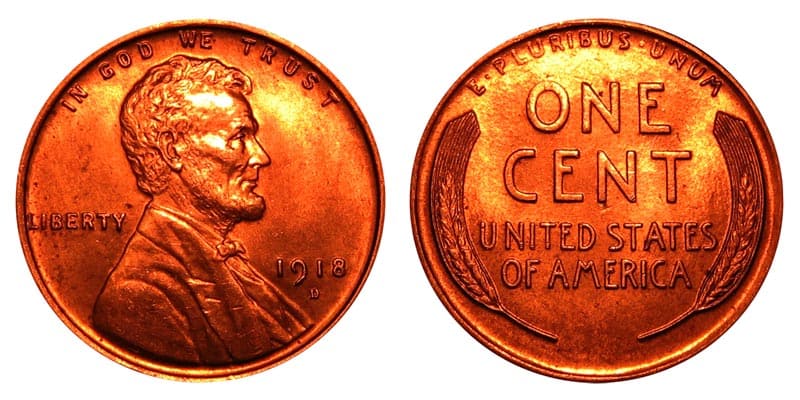
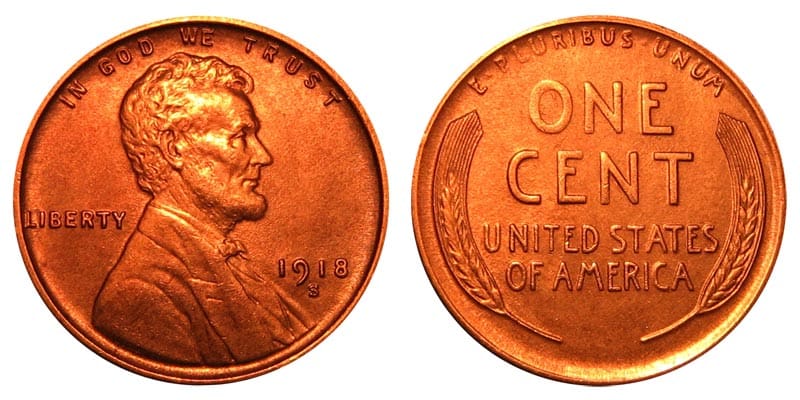
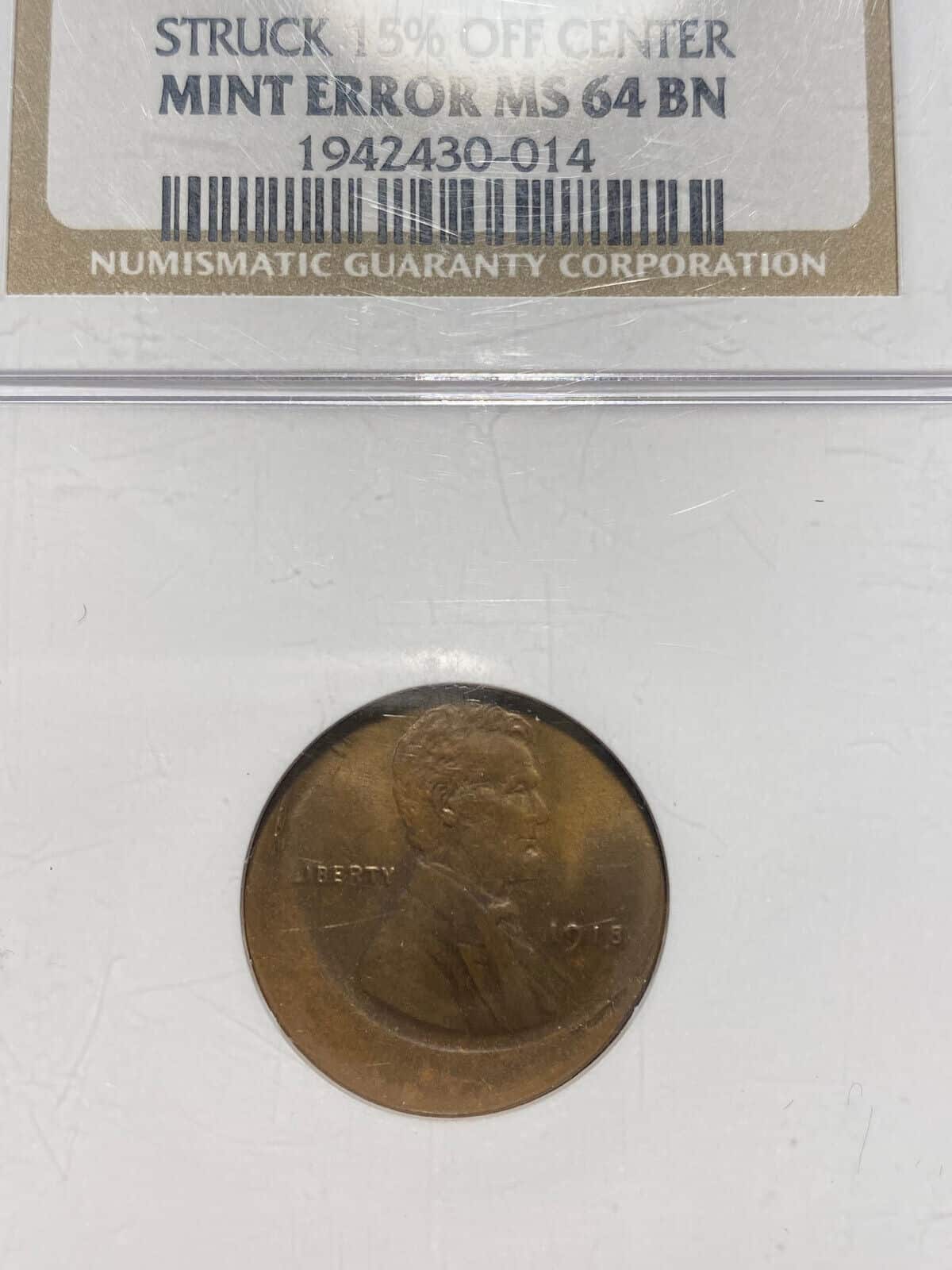
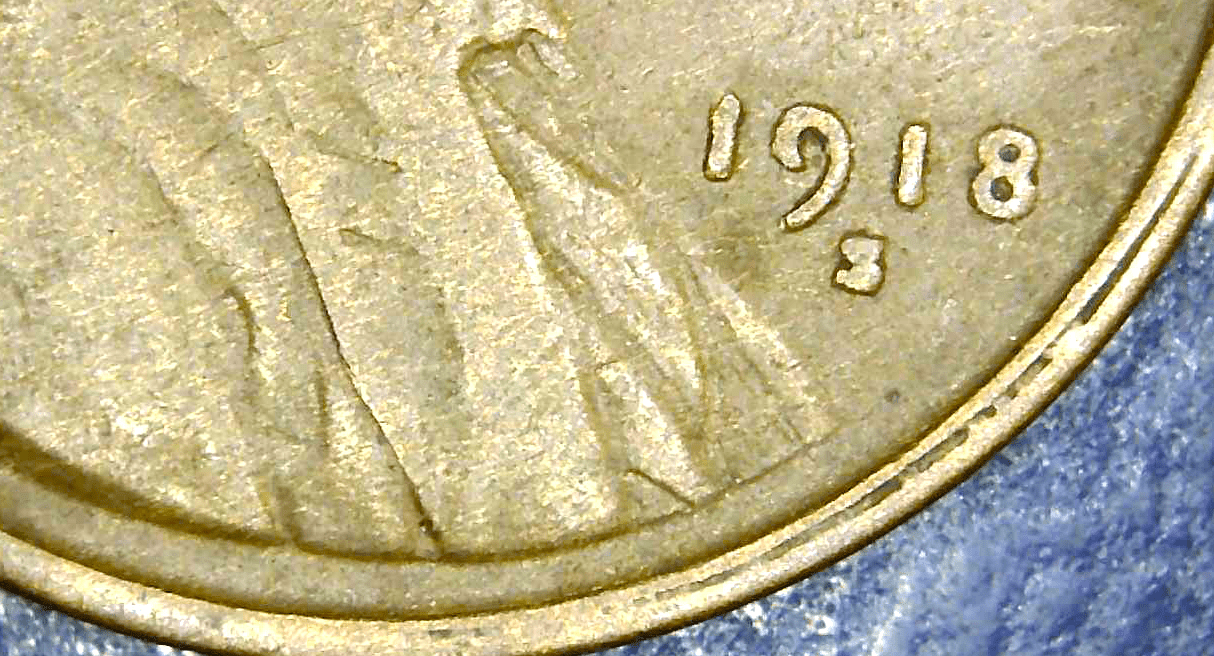
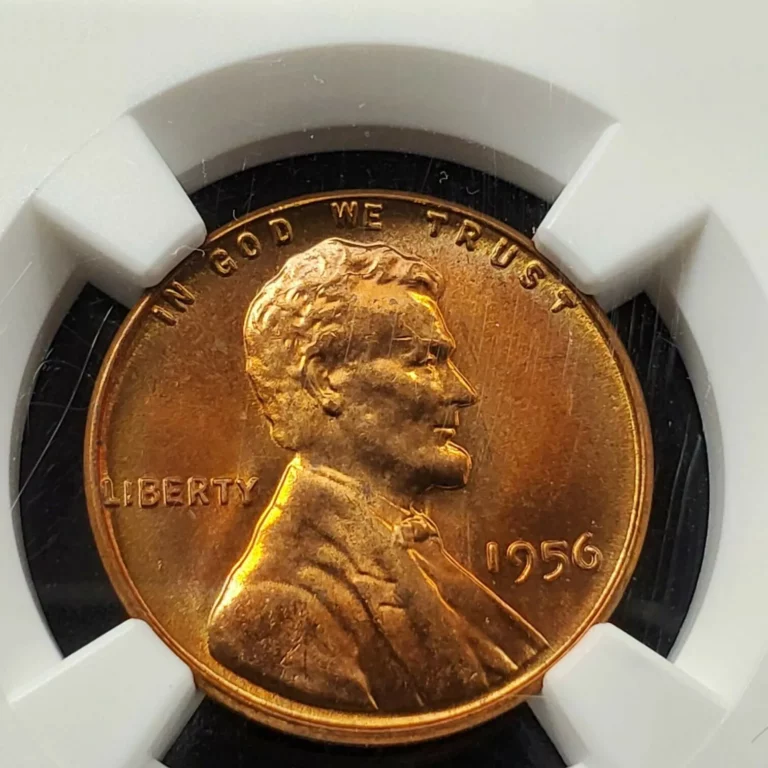
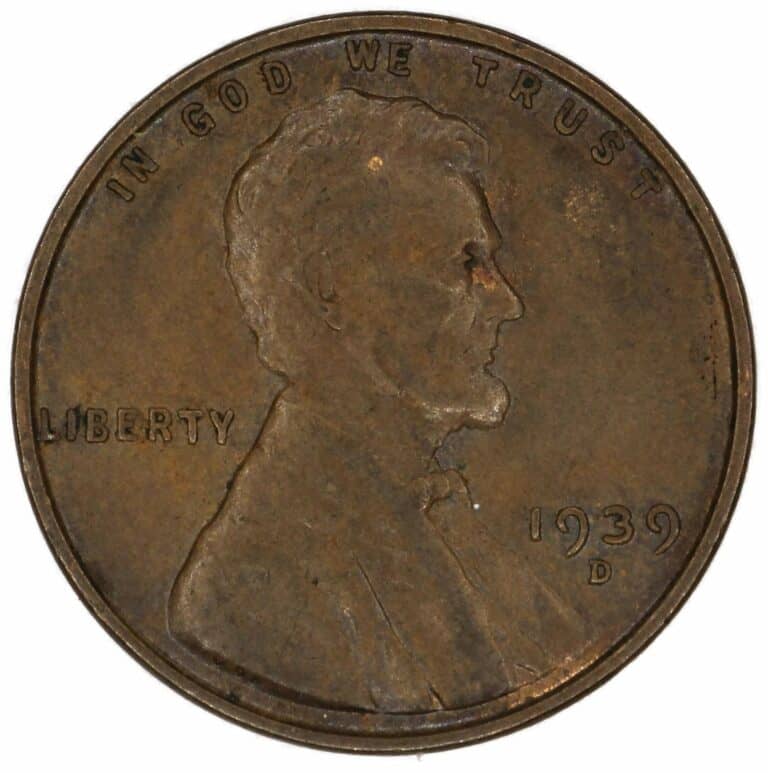
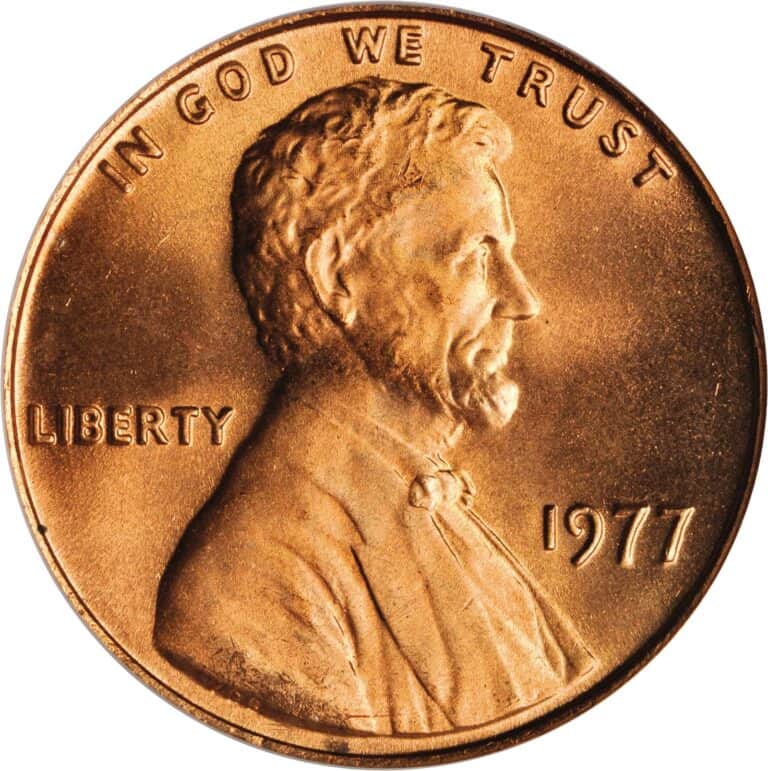
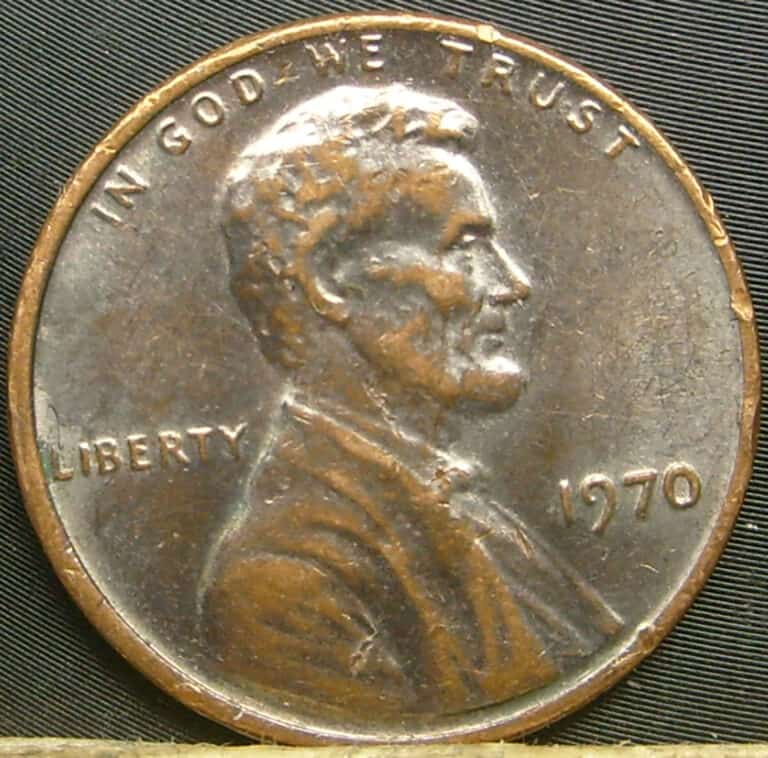
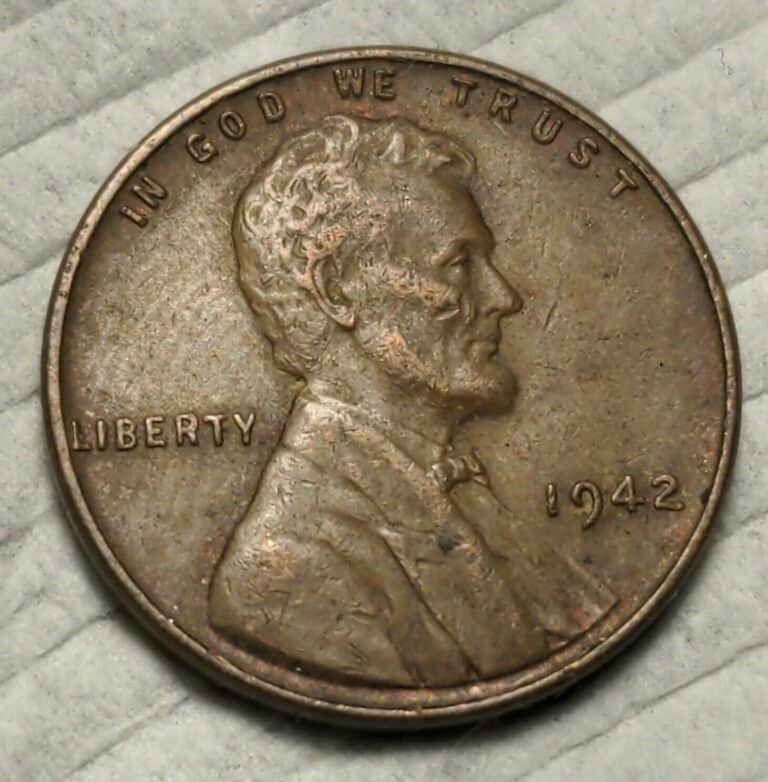
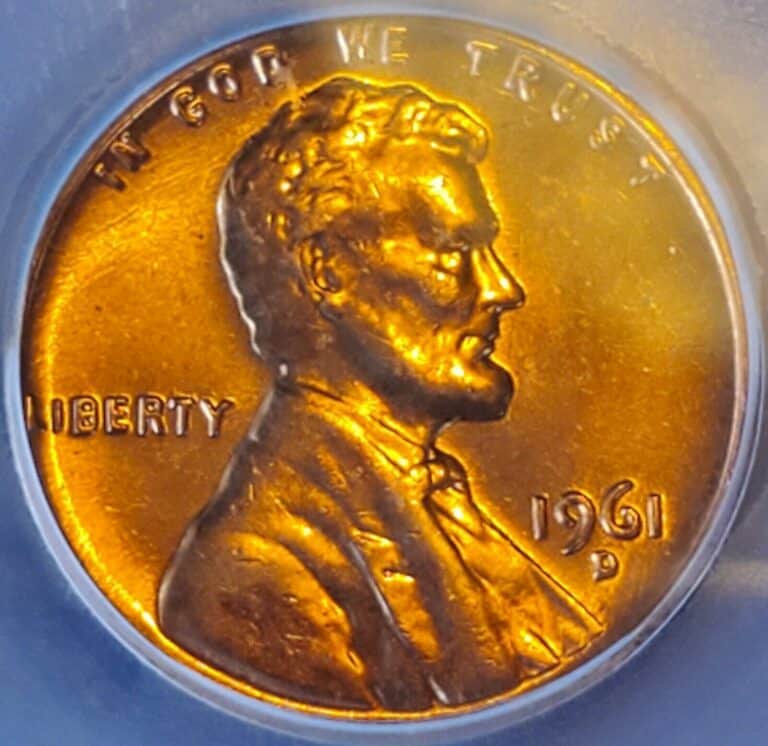
I have a 1918 pennywho wood buy it